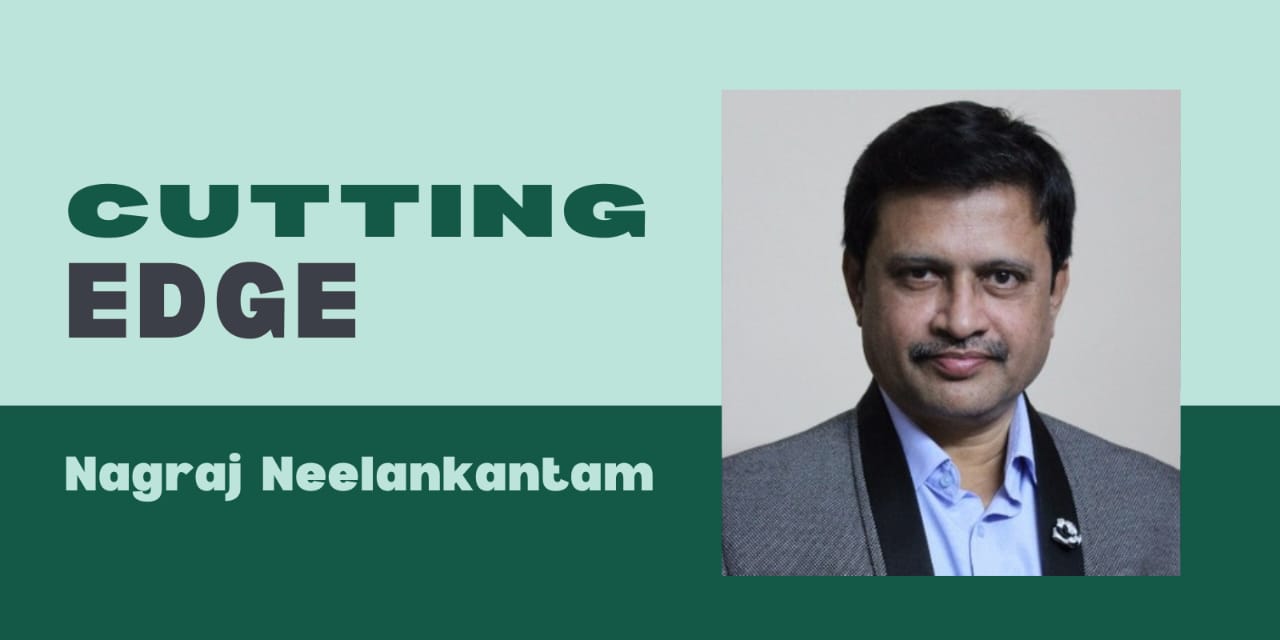India’s political landscape has long been shaped by ambition, strategy, and shifting narratives. Over the past decade, Prime Minister Narendra Modi’s rise has been characterized by an unconventional approach to opposition management. The Congress party and Arvind Kejriwal’s Aam Aadmi Party (AAP) serve as prime examples of how political missteps can lead to decline. This article examines how Modi’s strategic patience allowed these parties to expose their own weaknesses.
Once the dominant force in Indian politics, the Congress party, led by the Gandhi family, has struggled to remain relevant in the Modi era. The party’s legacy, rooted in India’s independence movement, granted it significant domestic and international goodwill. However, Modi adopted a hands-off approach in his first term, choosing not to take direct action against the Gandhis. Arresting or legally cornering them too soon might have backfired, rallying sympathy for the family. Instead, Modi allowed Congress to operate freely, giving it room to make strategic blunders.
Over the past decade, Congress has suffered from leadership crises, internal divisions, and an inability to connect with younger, aspirational voters. The party failed to modernize its structure or present a compelling vision to counter Modi’s governance. The perception of dynastic politics—embodied by Sonia, Rahul, and Priyanka Gandhi—has further alienated sections of the electorate. Adding to its troubles, speculation about Robert Vadra, Priyanka Gandhi’s husband, launching his own political outfit highlights the deepening internal discord.

Arvind Kejriwal entered politics as a symbol of change, leading the anti-corruption movement of the early 2010s. His rise culminated in AAP’s sweeping victory in Delhi’s 2015 assembly elections, where he promised transparency, good governance, and an end to corruption. Initially, Kejriwal captured public imagination as a leader of the “common man.” However, his governance soon exposed limitations, revealing a gap between rhetoric and execution.
Modi’s strategy again appeared calculated—allowing Kejriwal to govern without undue interference. The reality of governance proved far more challenging than Kejriwal had anticipated. While AAP made notable improvements in education and healthcare, these achievements were often overshadowed by controversies, exaggerated claims, and administrative inefficiencies. Kejriwal’s confrontational style—marked by frequent accusations against the central government and a victim narrative—gradually alienated sections of his support base. By his second term, the initial euphoria surrounding his leadership had waned, and AAP struggled to expand beyond Delhi.
The common factor in the decline of both Congress and AAP is Modi’s ability to exercise strategic patience. Rather than engaging in direct confrontations, he has often allowed his opponents to expose their own weaknesses. This approach minimizes backlash and reinforces his image as a leader focused on governance rather than petty political battles.
For Congress, Modi’s strategy involved letting the Gandhi family remain at the forefront, knowing their dynastic politics would become a liability. Their failure to adapt to India’s evolving political landscape only accelerated their decline. Similarly, in Kejriwal’s case, Modi’s non-interference let AAP struggle with governance challenges on its own. By the time Kejriwal’s populist rhetoric lost its appeal, Modi had already solidified his dominance at the national level.
The decline of Congress and AAP raises concerns about the state of opposition politics in India. Modi’s governance model—combining development-focused policies with strong nationalist messaging—has left little space for the opposition to craft a counter-narrative. Congress remains mired in internal conflicts, while AAP’s influence remains largely limited to Delhi, with minimal success in expanding to other states.
A strong democracy requires a credible opposition capable of holding the government accountable. However, the self-inflicted wounds of Congress and AAP, coupled with Modi’s strategic acumen, have created a political landscape with little resistance to the ruling party. As the 2024 elections approach, opposition parties must introspect and reinvent themselves.
Congress must resolve its leadership crisis, rebuild its organizational structure, and reconnect with voters at the grassroots level. AAP, on the other hand, needs to recalibrate its governance strategy and focus on tangible results rather than relying solely on populist rhetoric. While Modi has effectively allowed his opponents to falter on their own, the long-term health of India’s democracy depends on the emergence of a strong and viable opposition. Whether Congress and AAP can rise to the challenge remains to be seen, but their path forward demands confronting their own shortcomings and adapting to the changing political landscape.




